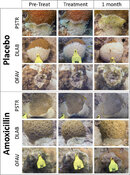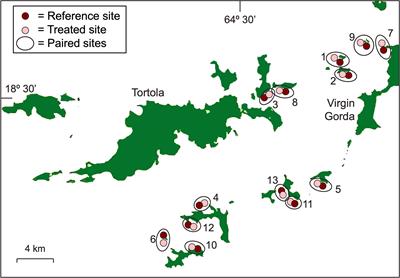CT Sean
Contributor
I watched that coral die as well. There's now quite a few corals that are bleaching in view of that cam. Seems like an excellent place to test the antibiotic treatment since it can be monitored constantlyHopefully it helps. I have been watching the Harbour Village live webcam on YouTube and have seen how rapidly it overtook the brain coral.





